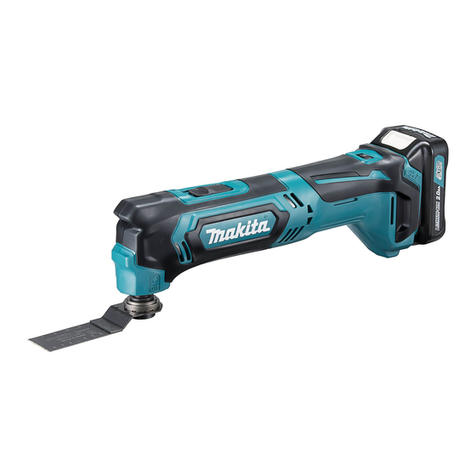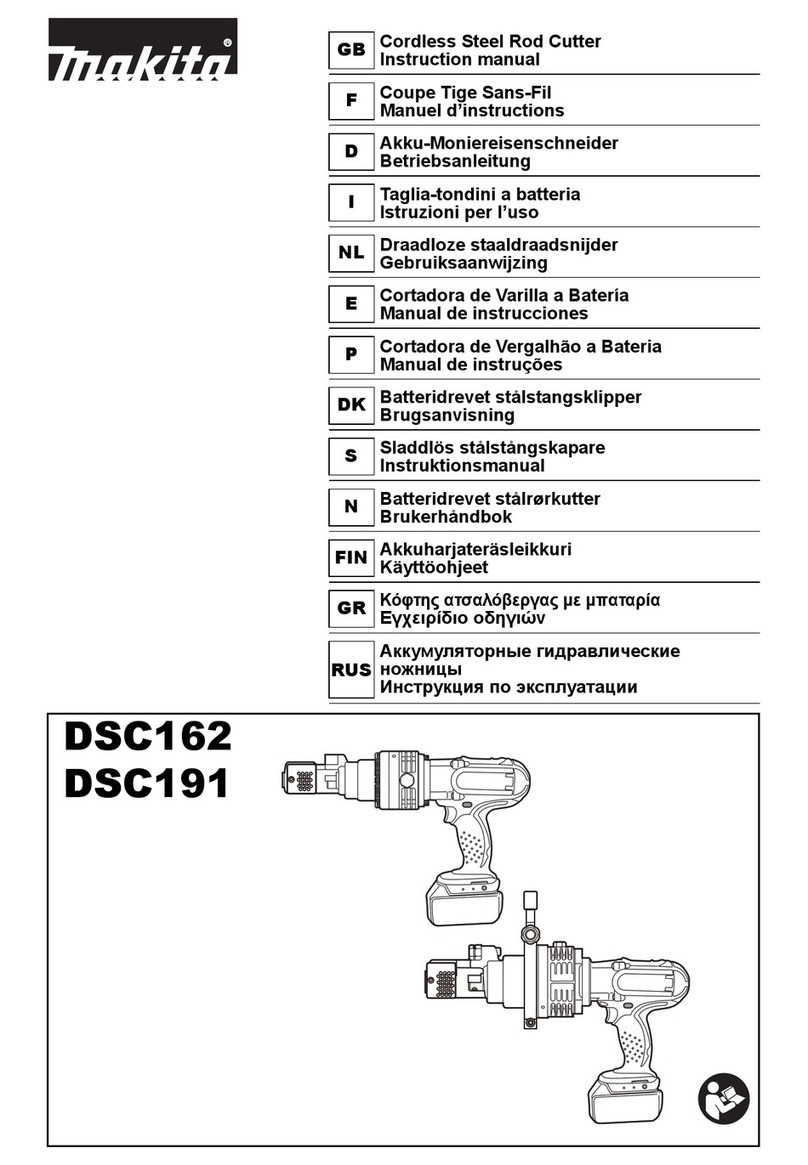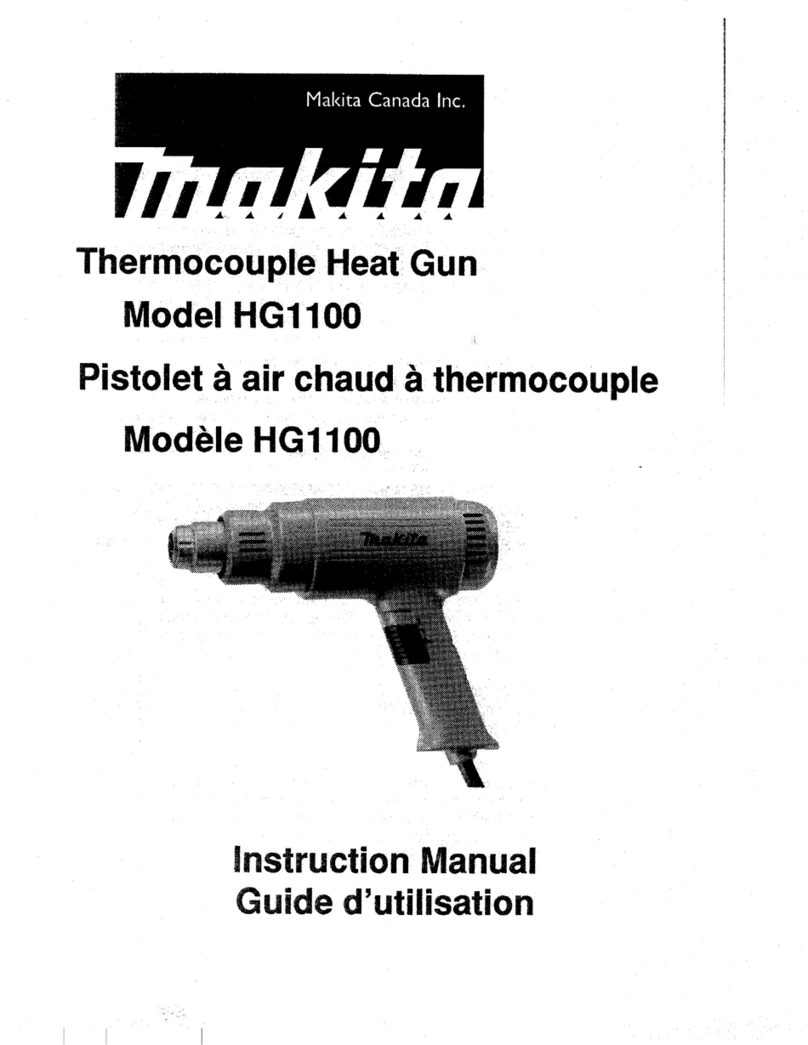Makita 6907D User manual
Other Makita Power Tools manuals
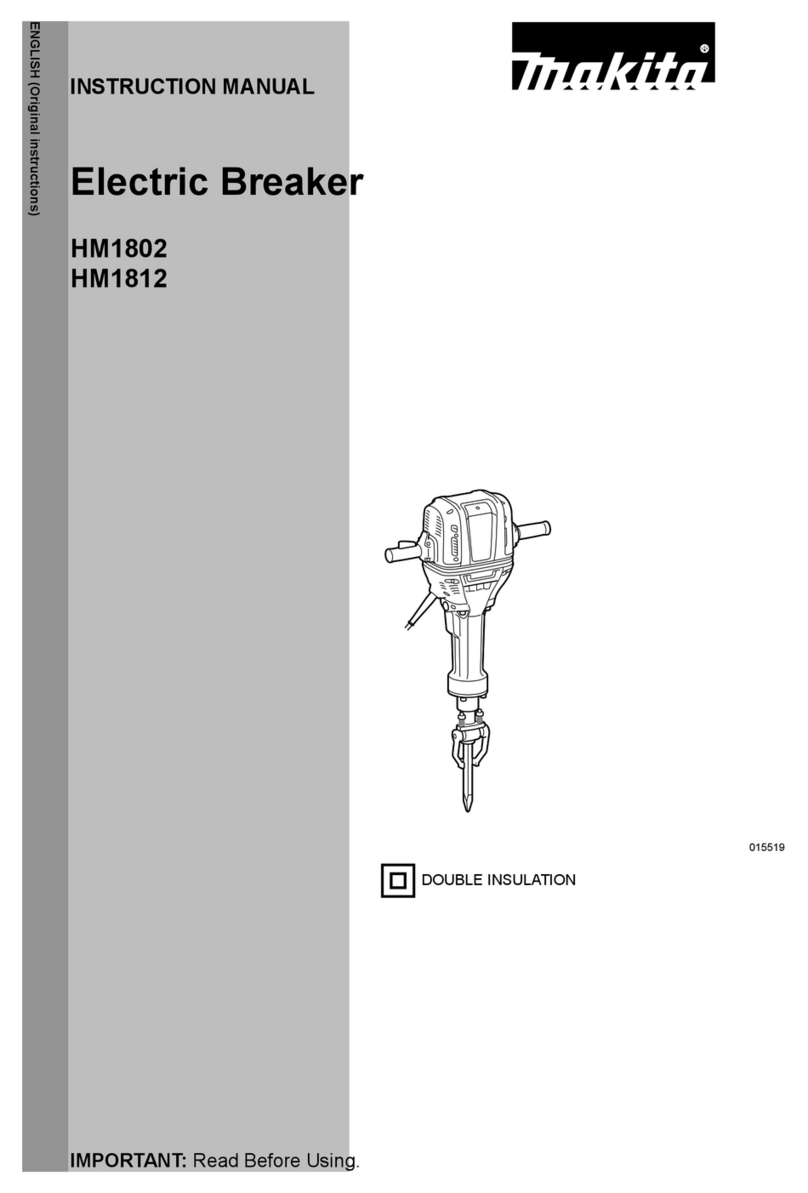
Makita
Makita HM1802 User manual
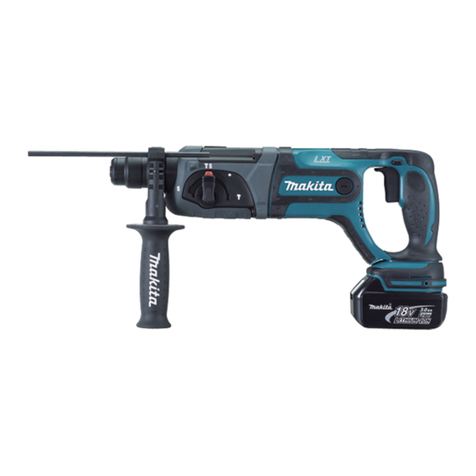
Makita
Makita BHR241RF Manual
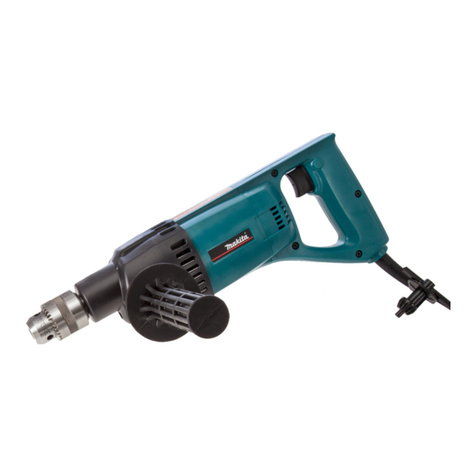
Makita
Makita 8406 User manual

Makita
Makita DTM52 User manual
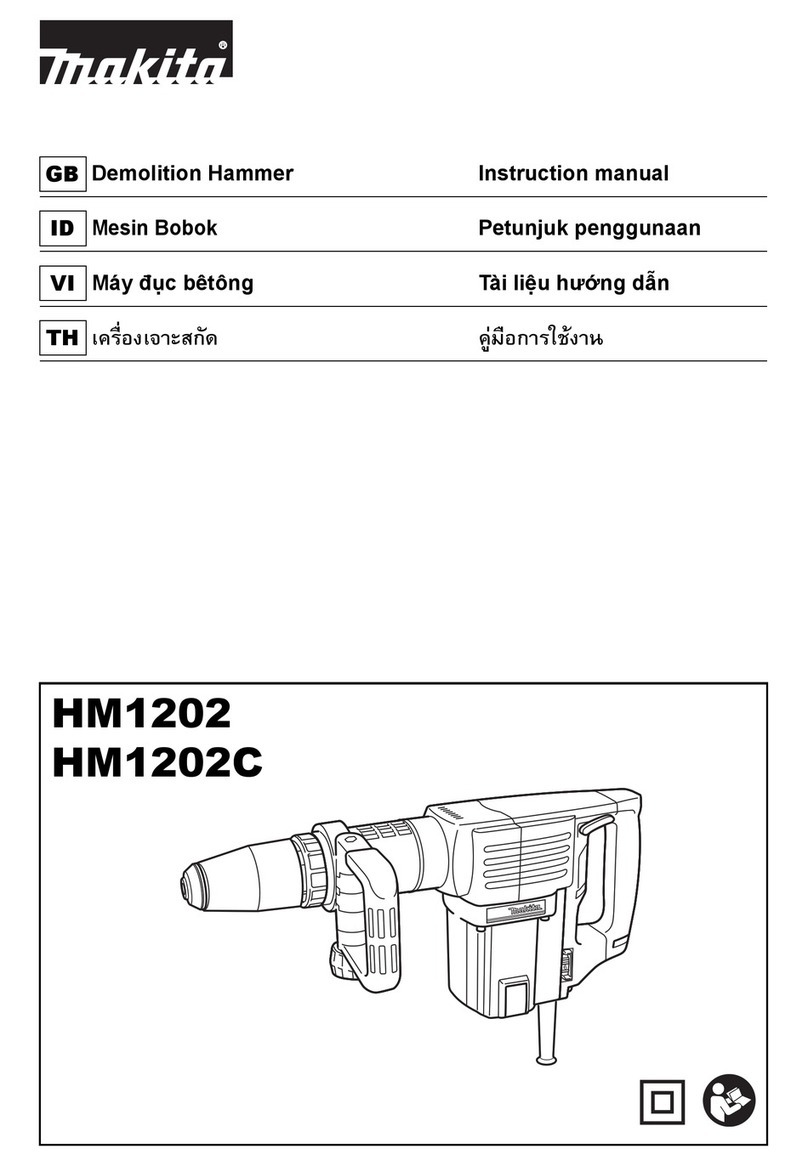
Makita
Makita HM1202 User manual

Makita
Makita XST01Z User manual
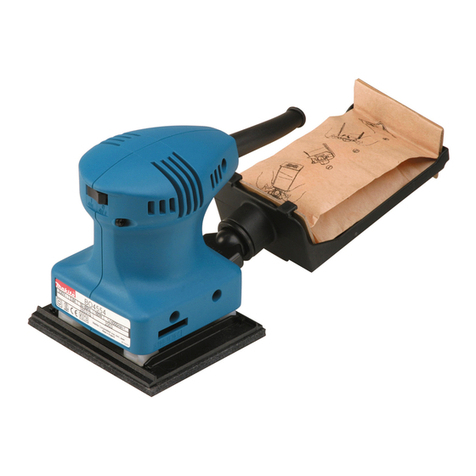
Makita
Makita BO4553 User manual
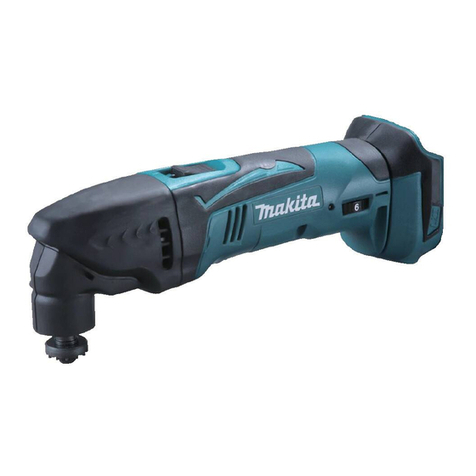
Makita
Makita DTM40 User manual

Makita
Makita BTW450 User manual
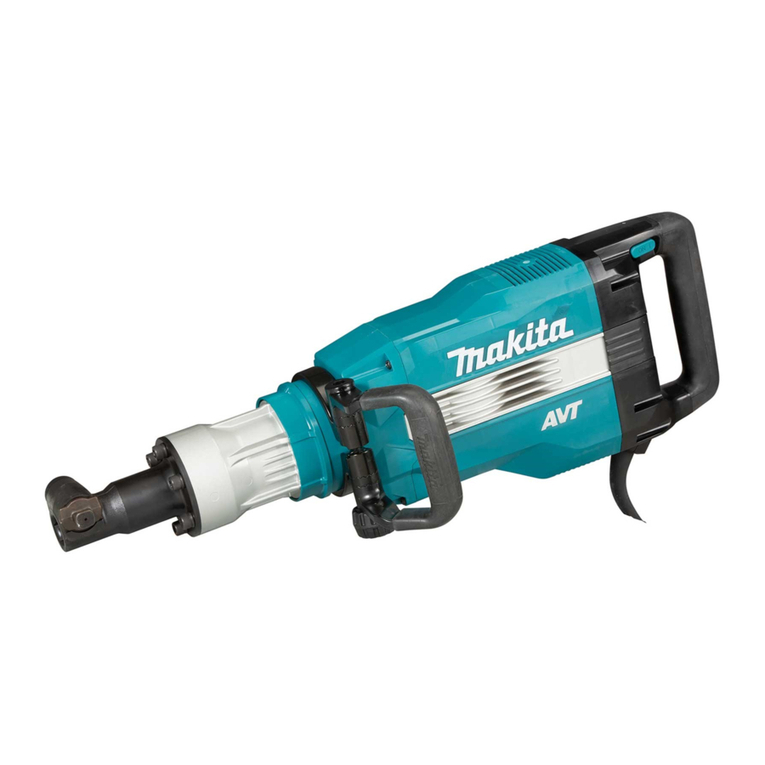
Makita
Makita HM1511 User manual
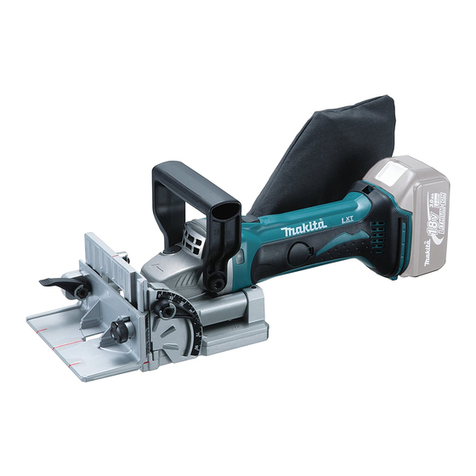
Makita
Makita DPJ140 User manual
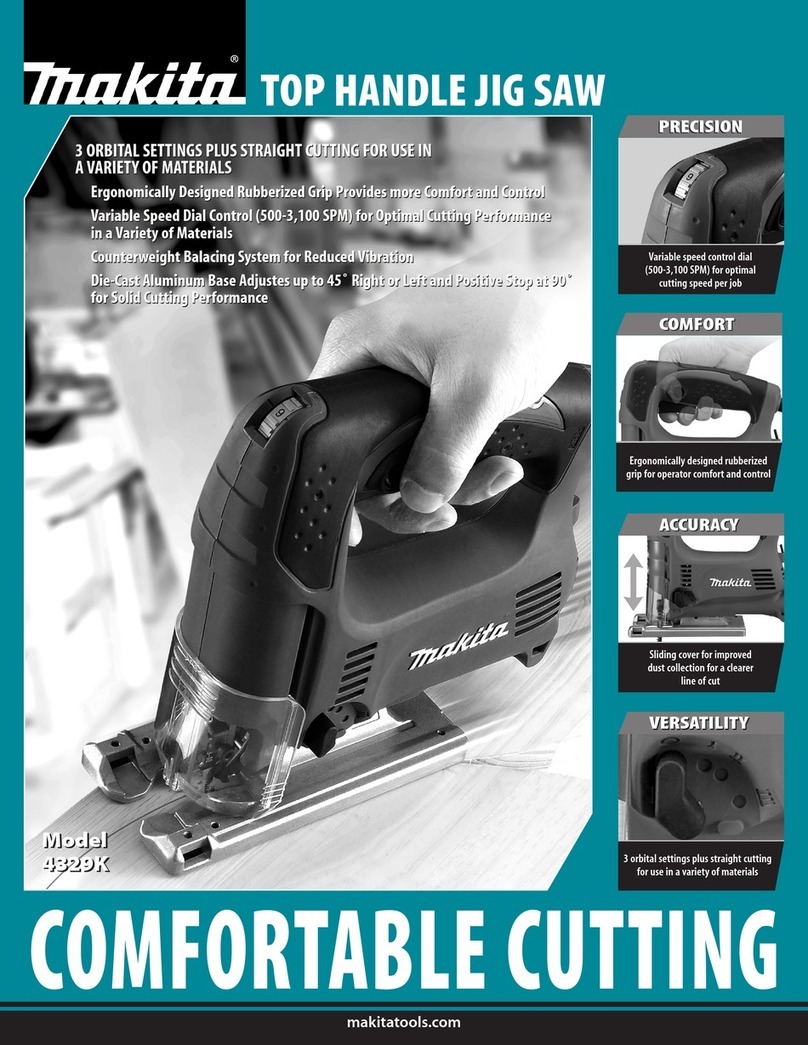
Makita
Makita 4329K Owner's manual
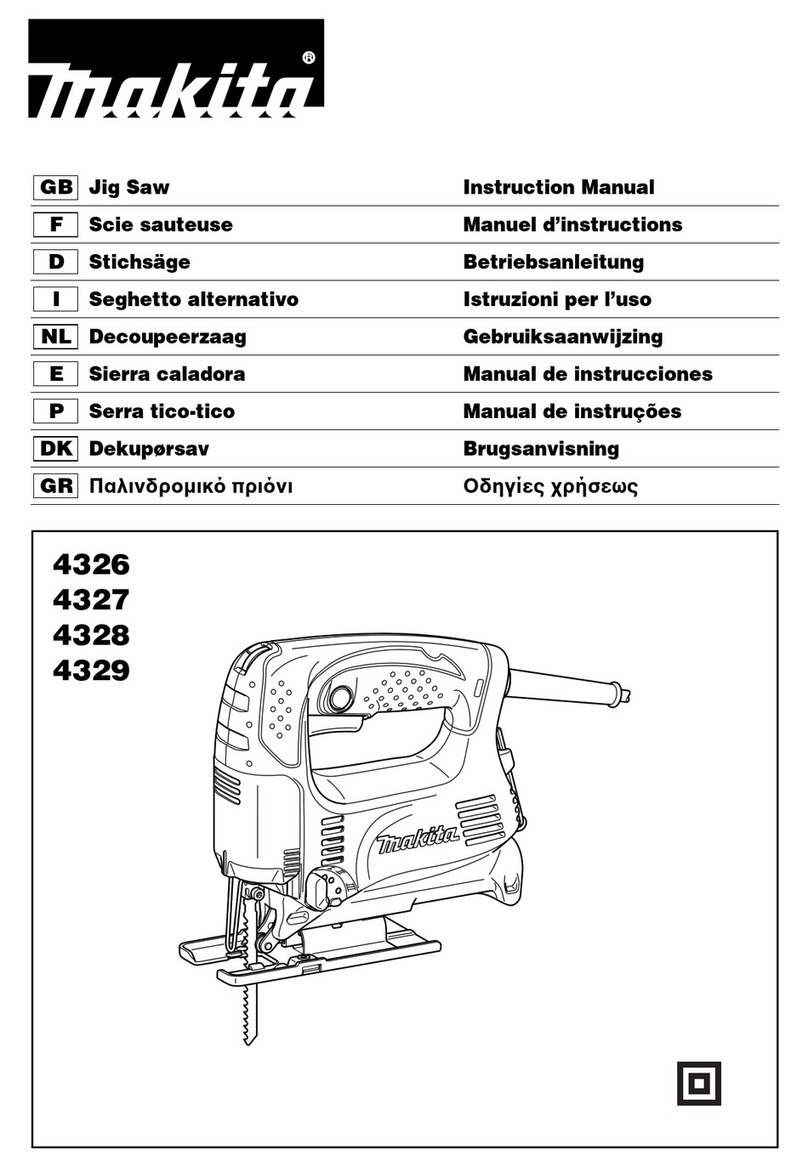
Makita
Makita 4326 User manual

Makita
Makita RP1100 User manual

Makita
Makita M4302 User manual
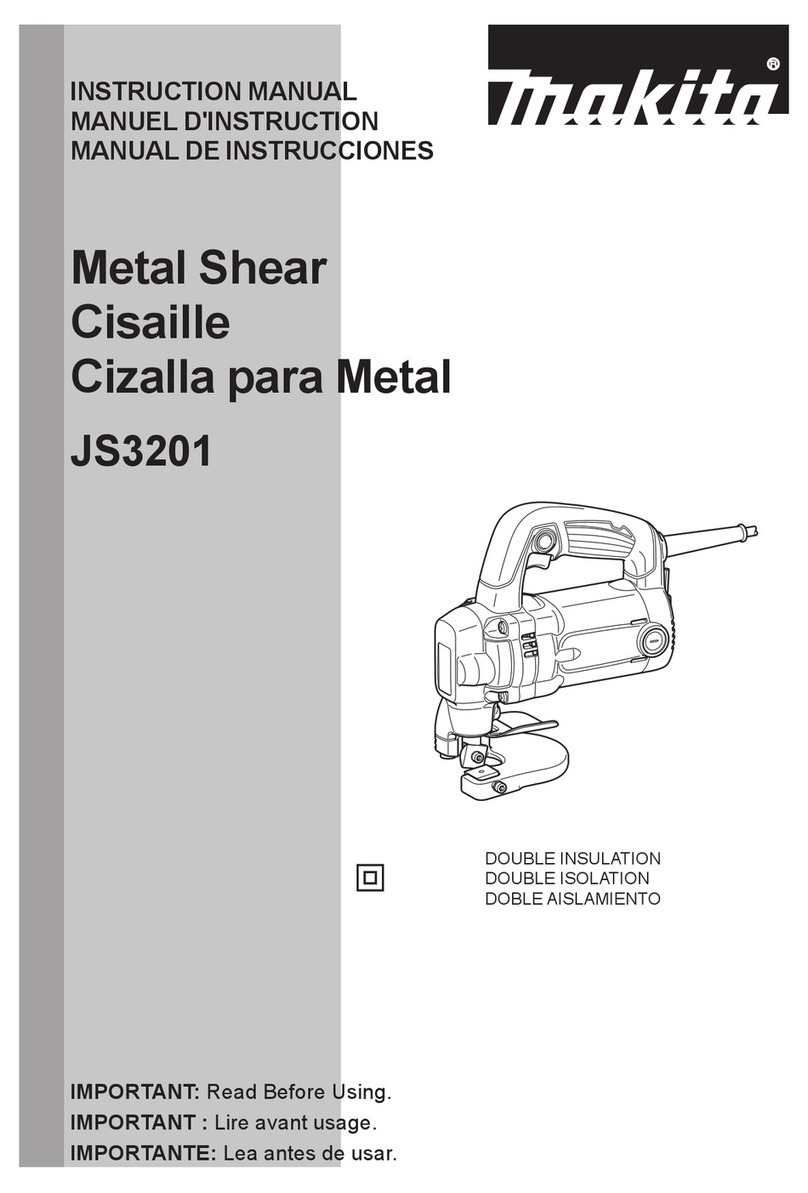
Makita
Makita JS3201 User manual
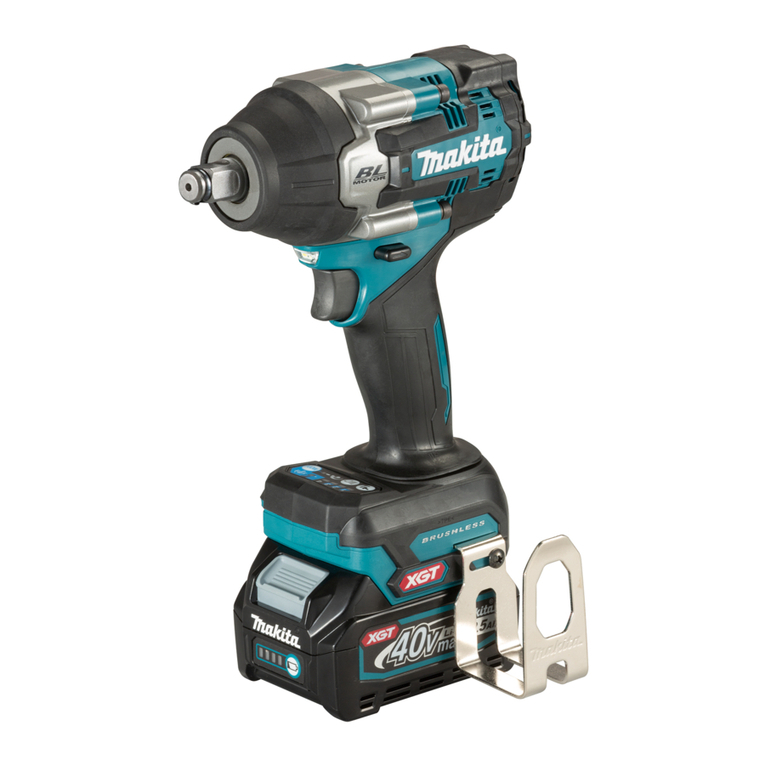
Makita
Makita TW007G User manual
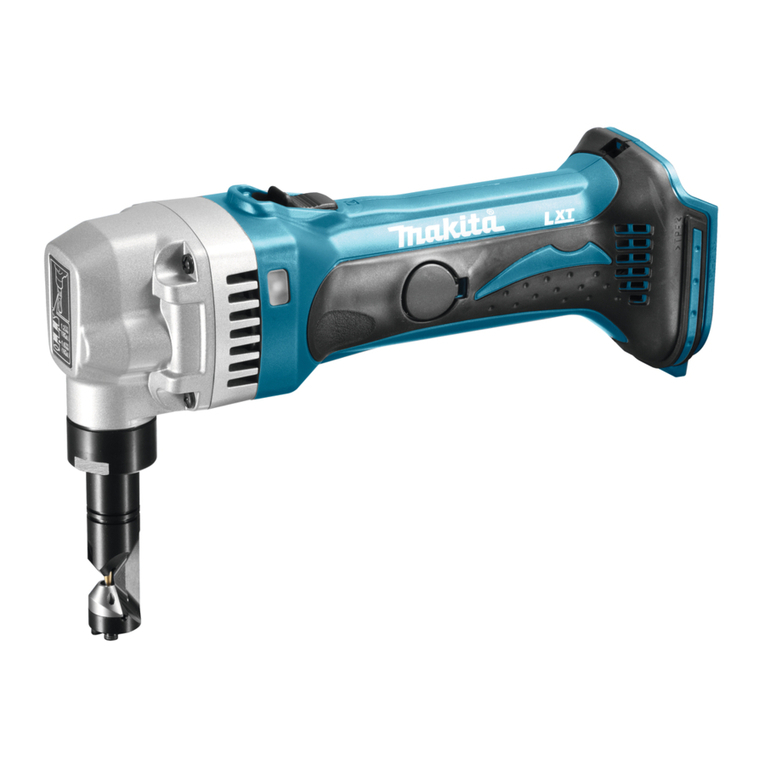
Makita
Makita BJN160 User manual

Makita
Makita DHR280 User manual
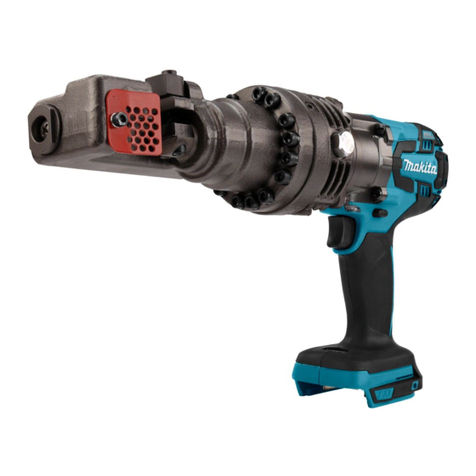
Makita
Makita DSC163ZK User manual
Popular Power Tools manuals by other brands

Senco
Senco DuraSpin ExTPro installation instructions

Ferm
Ferm JSM1020 Original instructions

Milwaukee
Milwaukee M12 FUEL 2559-20 Operator's manual

EINHELL
EINHELL BT-CD 12/2 operating instructions

Evolution
Evolution HDG200 instruction manual

National Flooring Equipment
National Flooring Equipment 7700 Service manual

